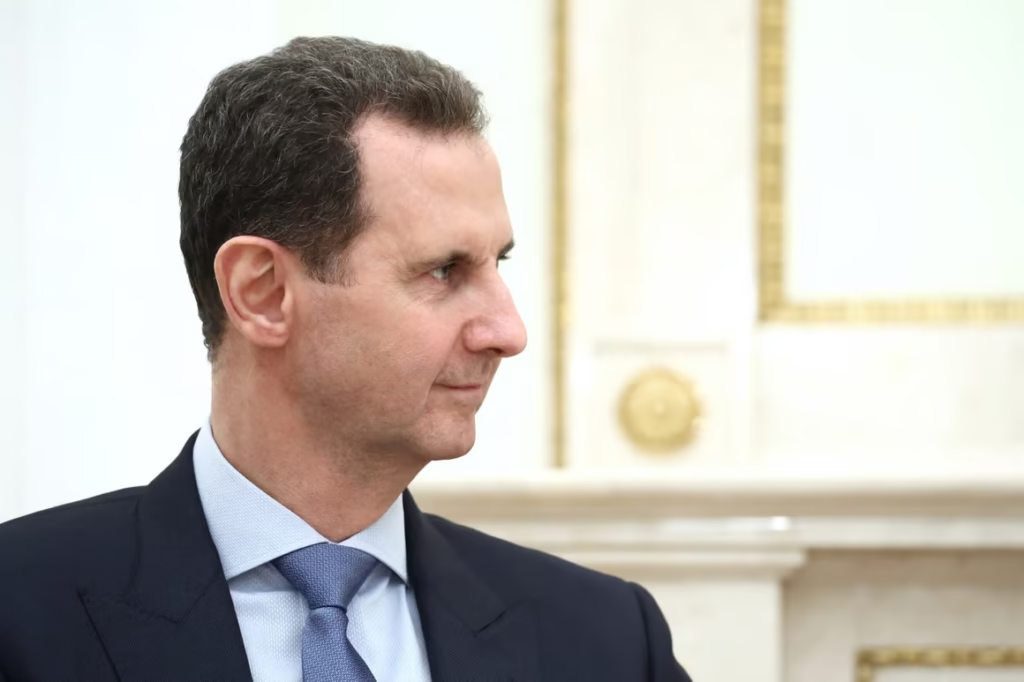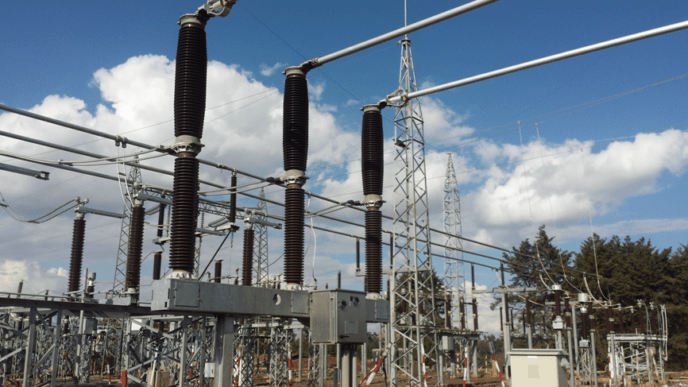The fall of Assad regime has brought Syria’s decades-long dynastic rule to an end.
On Sunday, President Bashar Assad fled the country after nearly 14 years of clinging to power amidst a devastating civil war.
His dramatic departure closes a chapter that began in 2000 when he succeeded his father, Hafez Assad, in what many hoped would be a reformative era for Syria.
Assad’s presidency, however, was marked by authoritarianism. Initially seen as a modernizing leader, his government crushed dissent when protests erupted in 2011.
The uprising evolved into a full-blown civil war, fueled by regional and international powers, leaving nearly half a million people dead and displacing half of Syria’s population of 23 million.
Geopolitical Shifts Catalyzed the Fall of Assad Regime
The fall of Assad regime accelerated as opposition forces launched an unexpected offensive in late November. Government forces crumbled rapidly, exacerbated by the preoccupation of Assad’s allies, Russia and Iran, with other conflicts.
This shift followed years of stalemate in Syria, where Assad had regained significant territory, albeit under crippling Western sanctions.

The Assad Family’s Decades-Long Rule Ends
The Assad family’s control over Syria spanned over five decades. Bashar Assad’s rise to power was unconventional; his father, Hafez Assad, had originally groomed his elder brother, Basil, for leadership.
However, Basil’s untimely death in 1994 thrust Bashar, a Western-educated ophthalmologist, into the political spotlight. Despite early reforms during his presidency, Bashar adopted the repressive tactics of his father when challenged by the Arab Spring protests.
A Civil War That Reshaped Syria
The civil war changed Syria’s political and social climate. Parts of the nation were ruled by Assad’s administration, Kurdish groups, and opposition forces.
Meanwhile, neighboring nations like Jordan, Turkey, and Lebanon hosted millions of Syrian refugees. Although the Arab League reinstated Syria’s membership last year, the international community remained divided on Assad’s regime.
What Comes Next for Syria?
With the fall of Assad regime, Syria faces an uncertain future. The nation’s recovery will depend on navigating the geopolitical interests of global powers and addressing the humanitarian crises caused by years of conflict.
What steps should the international community take to support Syria’s transition and ensure long-term stability?
Read More:














